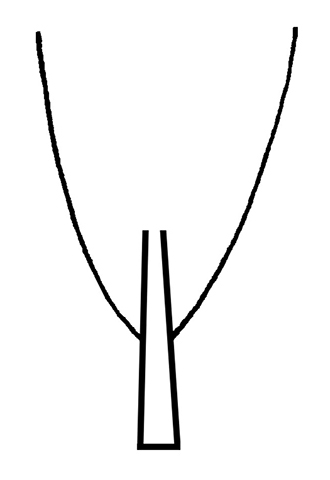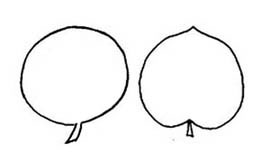waterwheel plant
Droseraceae
Africa, Asia, Australia, Europe
Aldrovanda vesiculosa L.
information not available
not weedy, threatened
rootless stem plantstem plant:
(n) (a term used in the aquarium and pond plant trade) having an elongate stem (as opposed to a compact stem)
floating just beneath water surface, free floating
Perennial. Stems irregularly branched. Leaves caulescentcaulescent:
(adj) having a more or less well developed above-ground stem
, in compact whorls of 6-9, sessilesessile:
(adj) attached directly, without a stalk
 , cuneatecuneate:
, cuneatecuneate:
(adj) wedge-shaped; triangular, with narrow end at the base
 basally, terminating in 4-6 filaments and a subapical orbicularorbicular:
basally, terminating in 4-6 filaments and a subapical orbicularorbicular:
(adj) circular in outline
 lobe; lobe hinged along midline, its two halves close rapidly to traptrap:
lobe; lobe hinged along midline, its two halves close rapidly to traptrap:
(n) a plant structure designed to catch and detain animal prey
prey. Inflorescenceinflorescence:
(n) the arrangement of flowers on the floral axis
 a solitary bisexualbisexual:
a solitary bisexualbisexual:
(adj) having both male and female sexual reproductive structures on one individual or in one flower
flower borne on a short axillaryaxillary:
(adj) in, of, or produced from an axil
pedicelpedicel:
(n) the stalk of a single flower in an inflorescence, or of a grass spikelet
, opening above water surface. Flower with 5 sepals and 5 white petals. Dispersal by seeds, resting-stage turions (modified apicalapical:
(adj) of the apex
buds) or stem fragments.
still waters such as lakes, ponds, and swamps
This genus contains a single species, Aldrovanda vesiculosa. An aquatic carnivore, Aldrovanda is closely related to the venus flytrap (Dionaea muscipula), with the traps on Aldrovanda used to capture aquatic invertebrates. Aldrovanda is either extinct or seriously threatened in many areas of its distribution due to disturbance and pollution through eutrophication. Efforts are being made to reintroduce this plant to many regions where it is now extinct. Plants in Europe show distinct differences in morphology and abiotic preferences from Asian and Australian plants; European plants are distinctly yellow-green and prefer a temperatetemperate:
(adj) of the climatic zone between boreal and tropical
climate, while Asian and Australian plants are typically red and are mostly found in subtropical to tropical regions. These differences represent different populations.